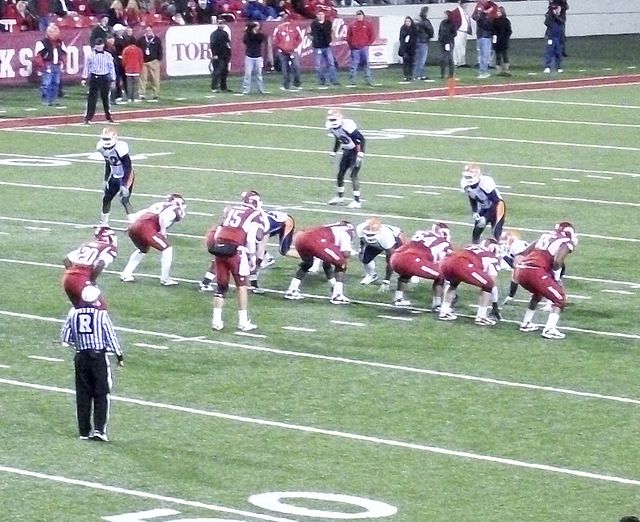The Arkansas Razorbacks football team has a long and storied history, dating back to 1894. The Razorbacks have won 13 conference championships, including the 1964 national championship. They have also appeared in 44 bowl games, winning 17 of them.
The Razorbacks' biggest rivalry is with the Ole Miss Rebels. The two teams have played each other 113 times, with Arkansas holding a 57-53-5 lead. The rivalry is known as the "Battle for the Golden Boot."
Some of the most famous Razorbacks football players include:
Frank Broyles: Broyles was the head coach of the Razorbacks from 1957 to 1976. He led the Razorbacks to the 1964 national championship and 10 conference championships.
Billy Ray Smith: Smith was a defensive tackle for the Razorbacks from 1964 to 1966. He was a consensus All-American and the 1966 Outland Trophy winner.
Ken Hatfield: Hatfield was the head coach of the Razorbacks from 1983 to 1988. He led the Razorbacks to the 1985 Southwest Conference championship and the 1987 Cotton Bowl Classic.
Darren McFadden: McFadden was a running back for the Razorbacks from 2005 to 2007. He was a two-time Heisman Trophy finalist and the 2006 Doak Walker Award winner.
The internet's top posts on the history of the University of Arkansas Razorback football team is found here.
Photo Courtesy of Wikimedia Commons of UTEP at Arkansas game in 2010. QB Ryan Mallett stands in the pistol with Ronnie Wingo Jr. behind him. This game was played in Donald W. Reynolds Razorback Stadium.











